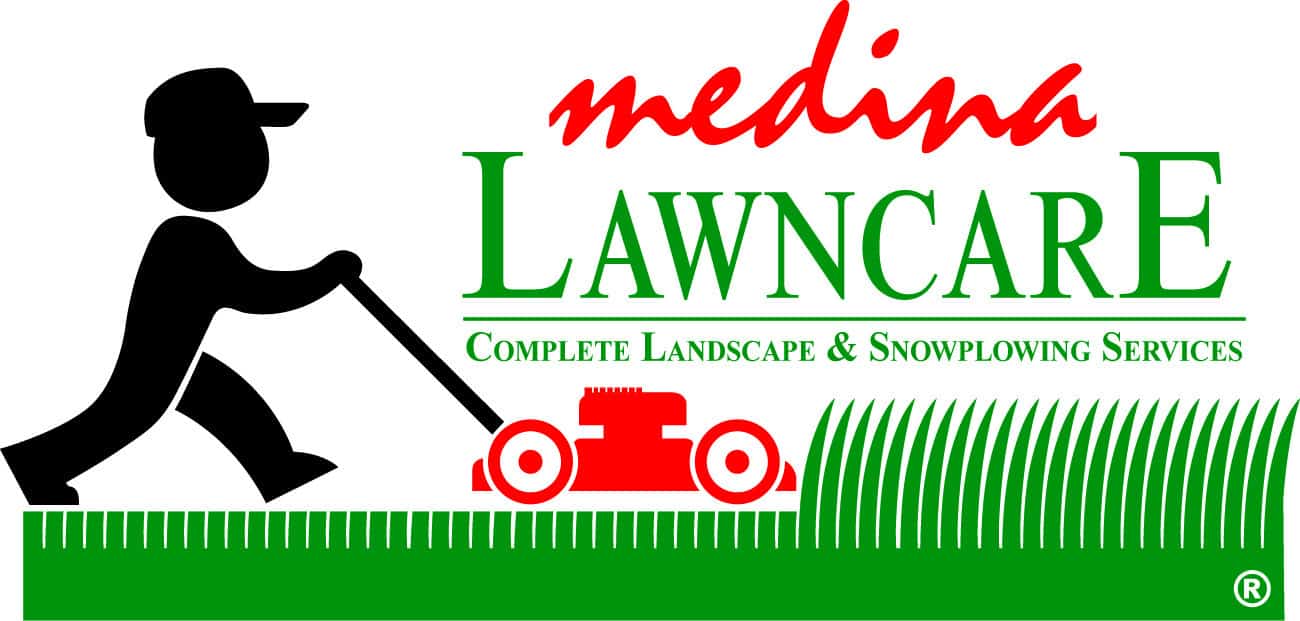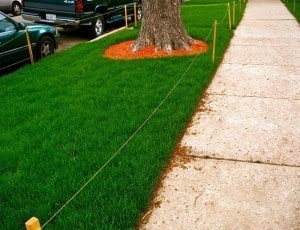Time is running short! The countdown begins for the last successful planting in our fall season for Chicago.
Contrary to what the “Big-Box” garden centers would like to have you believe. Planting your tree in the spring when it is in full bloom is not a sound practice from a horticultural stand point. Trees, like humans, need their rest. By planting in the fall when the sap is down in the tree you are not disturbing its annual growth cycle.
Fall planting allows the roots to become established through the winter, especially the tender new feeders. This process is necessary for beautiful spring blooms and summer leaves.
Fall planting is especially recommended for “balled” and “burlapped” trees that have been dug up from nursery fields. Keep in mind that even “blooming” or “leafed out” trees experience some shock during a spring time planting.
Regardless of how careful you are, the root of the tree to be planted can still be disturbed in a container grown tree; additionally, the tender blooms and the new leaf growth can be damaged in transport. This is why I always recommend covering your tree with a horticultural tarp while in transit.
Additionally, fall allows for ample time to correct soil instabilities, time to let soil modifiers do their stuff, time to prepare for the expansion and contraction from freezing and thawing that will loosen
well-worked clay soils. And there’s plenty of free organic matter at hand.
The advantages of fall plantings become very clear. You eliminate very hot days, days that can quickly dehydrate any plant life – especially trees. One of the key secrets to success in any planting is WATER, WATER, WATER! This not only promotes new root growth, it also provides protection from hard freezes. Thorough watering before an extreme cold spell is as important as a thorough watering before a summer dry spell.
Be cautious however, not to plant in very wet soil as this can also be very harmful to the root system. I do not plant on a rainy day, or a day that has followed a big storm because when you work wet soil, especially in Chicago, you are only compacting the soil which needs to drain properly and provide nutrients to the root system.
Prior to planting your tree or shrub, I always create a 30/30/30 mix of sand, top soil, and “pine fines” or compost to feed the roots of my plant. Chicago has very “silty” soil, which is soil that is heavily laden with clay. To break up the clay and promote proper drainage among other things in your soil, I strongly my recommend 30/30/30 practice.
Mulching at the base of the newly planted fall tree is also very important because it retains moisture in the soil and keeps weeds to a minimum. I recommend using two to four inches of any sterilized organic material. Black forest mulch is an ideal choice. There are several good options available, I prefer this one.
Now that I have explained the advantages of fall plantings, pick out trees and shrubs that best suit you style and needs, and enjoy the beautiful display of color while you are preparing for the winter ahead.




